Our Chanukah Traditions -- Requested by Satine
plllog
8 years ago
last modified: 8 years ago
Featured Answer
Sort by:Oldest
Comments (19)
User
8 years agoTexas_Gem
8 years agoRelated Discussions
The Office Christmas Party
Comments (8)As a veteran of the "Christmas Party Planning Committee", you have no idea how close to the truth this is. LOL I swear to you the following happened to me. Several years ago,the committee had arranged to have our departmental Christmas luncheon at a Dallas restaurant reknowned for its buffets. Their buffet had everything: seafood, meats, salads, every side dish imaginable, breads, deserts etc. We figured there would be something for everyone, and no one could possibly complain. (I should add that this was an expensive luncheon buffet and that the company was picking up the entire tab.) I had someone come up to me and say they were not interested in the buffet and would like to see a menu. The buffet WAS the menu!!!!!! There was nothing on the menu that wasn't on that buffet. In addition, the food on the buffet was fresh, hot and guarded by glass shields, plus there were attendants everywhere! I can laugh about it now, but at the time it was really hard to hold in my frustration. You can try so hard to please people and do everything right, but there will always be someone who is unhappy ( and will probably be vocal about it.) Marilyn...See MorePics of our finished house
Comments (23)swhite - Thanks! I know what you mean about the visualizing thing. The island top measures 42" x 89". 10 1/2" of that length is overhang for the barstools which some would say is not enough, but it's been plenty for us. Our fridge is a full size KitchenAid. Like you I didn't want to give up space for a CD model. We made it look built in by making the countertop deeper in between the fridge and ovens. I love having the extra deep countertop there for rolling out dough, baking cookies, etc. Our trim carpenter made a trim piece around the fridge opening to make it "look" like a snug fit, but there's really plenty of room inside. Hope that makes sense.:-)...See MorePer Request: Rosemary Cottage photos - Pic Heavy
Comments (72)NewDawn: Thanks -- the oil paintings are my favorites here too (apart from the DH and the cats .....well ..... maybe the cats ..... Just teasing! LOL!) ttodd -- Just can't tell you how thrilled I am with all of the very, very kind responses to the photos of my home .... honestly .... I am overwelmed! :) Artworks???? -- This is my secret --- my DH carries them around until my "TRY IT OVER THERE" attitude wears him out -- and we finally just hang the darn things up! And adjust them as needs come up .....THEN I change my mind .... and end up switching them around in the house. ((add glass of wine ....)) I keep my own hammer and supplies in a handy drawer in the kitchen ..... I'd LOVE to help you out! Jan...See MoreThank you for my kitchen! (Long, lots of pics)
Comments (86)Very surprised to see this come back up, but so happy to be able to share and help! kathec, I'm so glad my kitchen could be of help to you! We have decided we love our 2nd island. It is a great buffet surface that allows for easy flow of traffic even with groups of people. roseofblue, thank you for all your kind words. The ceiling fan is not in the kitchen but in the living room which is open to the kitchen. Unfortunately, the air does not get to the kitchen at all. That is one thing I regret, not putting some means of circulating air into the kitchen. It gets pretty hot with that induction range going. (Since you asked, I think it was about $3200 before a rebate of 10% in the form of a cash card.) I still absolutely love the color on the walls, and still amazing to me that a blue can actually feel warm. The fun memories have already started with the weekly pizza-making and bread making and menu planning and school work (oh.. well, I guess that's not so much fun, memory making, but definitely the kitchen is a central part of our lives). firsthouse, I hate that you haven't been able to enjoy that gorgeous kitchen/house just after you've finished it! I guess it's better to have all that travel after it's finished rather than during the process. I have 3 monthly calendars, a weekly to-do, and a magnetic bulletin board, all from Storables.com. If I have two months in advance right in front of me, I'm more likely to write things down and not forget them. So I have Sept/Oct/Nov right now. They do get erased when the kids try to write things on them, but overall I think they work well. They are definitely not glamour items like the Pottery Barn ones but I just needed functional. The bulletin board is, though. I love it; it has a layer that takes pins, covered by a metal layer which consists of pin-sized holes all over. I also mounted some metal strips from Storables, under the shelf, on which I have hooks for keys and magnets for grocery lists, etc. On the weekly to-do chart, I transfer the week's events from the month calendar. That's really my brain. I also got a pocket for mail; if I remember to put it there instead of on the table, it works well. I don't know if ebse ever posted her finished kitchen to the FKB, but hers was my inspiration. I just couldn't bring myself to spend that much money until I saw that I was using such a system. I am still in training, so not using it consistently yet, but working on it! phoggie... thank you! The granite is Impala Black in a leathered finish. It is a fairly common stone, I believe; it looks darker leathered than polished....See Moresatine_gw
8 years agoPKponder TX Z7B
8 years agojemdandy
8 years agoAlisande
8 years agorob333 (zone 7b)
8 years agoElmer J Fudd
8 years agolast modified: 8 years agoplllog
8 years agolast modified: 8 years agonicole___
8 years agoplllog
8 years agonicole___
8 years agolast modified: 8 years agosheilajoyce_gw
8 years agosephia_wa
8 years agoplllog
8 years agonicole___
8 years agolast modified: 8 years agoplllog
8 years agonicole___
8 years agolast modified: 8 years ago
Related Stories
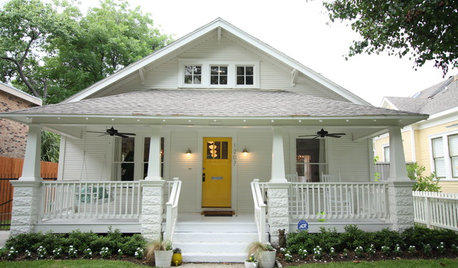
HOUZZ TOURSHouzz Tour: From Shocker to Stunner in Houston
Once moldy and decrepit, this 1920s bungalow is now a neighborhood gem
Full Story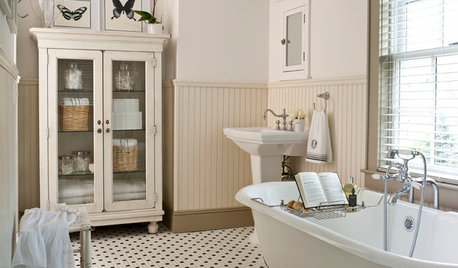
MOST POPULARMust-Try Color Combo: White With Warm Off-White
Avoid going too traditional and too clean by introducing an off-white palette that brings a touch of warmth and elegance
Full Story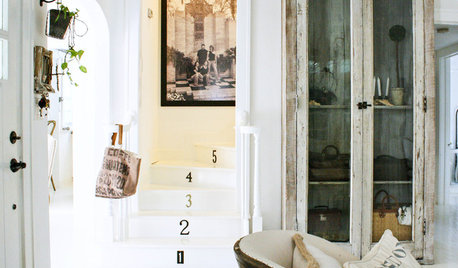
DECORATING GUIDES13 Decorating Tips for Older Homes
Preserve the personality of the past while designing for now with these tips for paint, rugs, window treatments and more
Full Story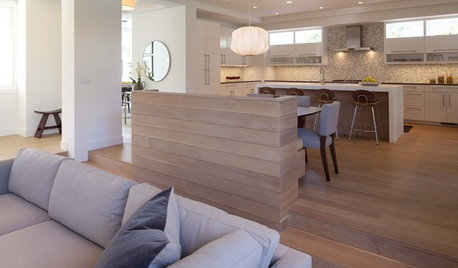
DECORATING GUIDESSo Your Style Is: Contemporary
What's contemporary style? Strong lines, smooth forms, minimal accessories — with room for rule breaking
Full Story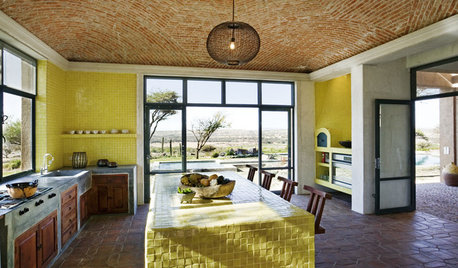
KITCHEN DESIGNKitchen Color: 7 Sensational Yellow Backsplashes
Warm up a white kitchen or add some zing to wood tones with a backsplash that glows
Full Story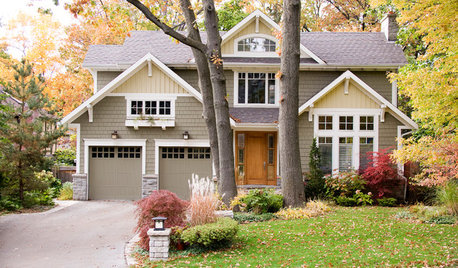
EXTERIOR COLORDynamic Duo: How to Pull Off a Two-Tone Exterior Color Scheme
Why stick to one main house color if you can easily and beautifully combine two?
Full Story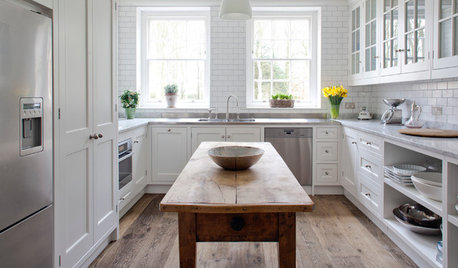
DECORATING GUIDESBring in Warmth and Character With Reclaimed Wood
Got a hankering for that natural touch? Go rough or refined with these ideas for using salvaged wood indoors and out
Full Story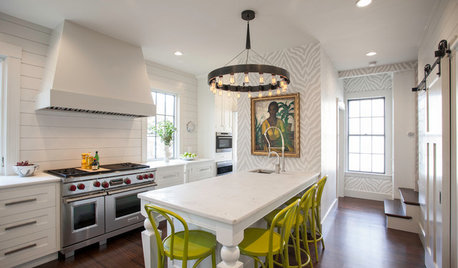
KITCHEN DESIGNKitchen of the Week: Captain Courageous Style in Massachusetts
Bold, unexpected choices turn a onetime seafarer’s cooking space and butler’s pantry from lackluster to full of panache
Full Story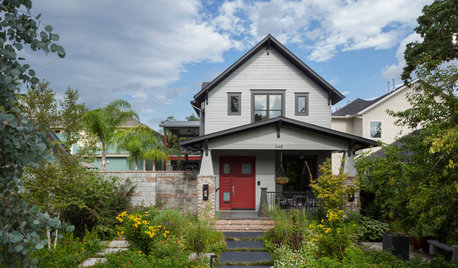
ARCHITECTUREHouzz Tour: Modern Plays Nice in a Historic Houston Neighborhood
Subtle modern details make this new home stand out from its elderly neighbors without disrespecting them
Full Story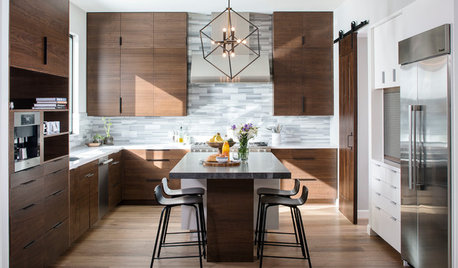
KITCHEN DESIGNNew This Week: Moody Kitchens to Make You Rethink All-White
Not into the all-white fascination? Look to these kitchens for a glimpse of the dark side
Full Story


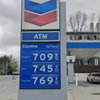

plllogOriginal Author